Resources for Youth Educators
The earlier we begin talking to children about the importance of water quality, the better! These resources will help you introduce water quality topics in the classroom or at home.
Education at IRWP
Youth education is a priority for IRWP. For this reason, we are providing you with the resources on this page. Here you will find lesson plans for all of our mobile learning labs that we bring into the classroom along with other various resources for you to incorporate into your own lessons. IRWP would love to bring these lessons to you ourselves, but in the event that we are unable to make it, we would like you to utilize our resources.
If you don’t see what you are looking for, please scroll to the bottom of this page and leave us a suggestion in the suggestion box.
For You: IRWP Developed Lessons
-
Bug Kick
Students will collect live macroinvertebrates from a river or stream. They will then classify and count the invertebrates and use that data to determine the health of the ecosystem
-

Success of the Commons
The success of the commons refers to a situation in which individuals with access to a shared resource act in their own interest. This ultimately leads to environmental degradation. Students will learn the value of rules and regulation of resources and transform this tragedy into a success.
-

Watershed Exploration
Students will gain an understanding of what a watershed is - the land and resources that define it - as well as create their own watershed. Middle/Junior and High school student will utilize software to analyze land use within their own watershed - the Illinois River Watershed!
-

Watershed Pollution
This gallery walk style lesson will teach students about various types of pollution to our watersheds. A student led demonstration will show how pollutants flow through a landscape to one point. Then students will analyze a “water sample” to determine the greatest source of pollution in order to develop a solution to that type of pollution.
-

Groundwater Contamination
This hands-on activity enables students to gain an understanding of how water moves through the ground. This model demonstrates how point and non-point pollution flows with groundwater leading to contamination of our waterways.
What is a Watershed?
These activities are focused on giving students a broad perspective on what a watershed is and why it is important to keep it healthy.
The Water Cycle
Erosion
Water Quality

Suggestion Box
Have any suggestions for us? We’d love to hear them! Improving our practice is an essential part of our organization. The best way for us to learn is through your input. How can IRWP be better?
Not finding what you are looking for? Send us a message telling us how we can help you find it. We’re always looking for new ways to meet the needs of our visitors and supporters.


